Hydrocele
A hydrocele occurs when fluid fills the scrotum of a male, causing it to enlarge. It is not a serious medical issue, but it may be uncomfortable and embarrassing.
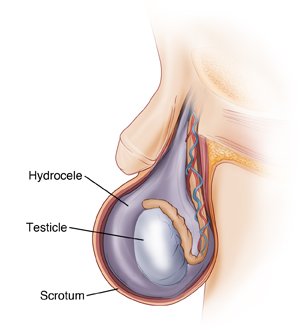
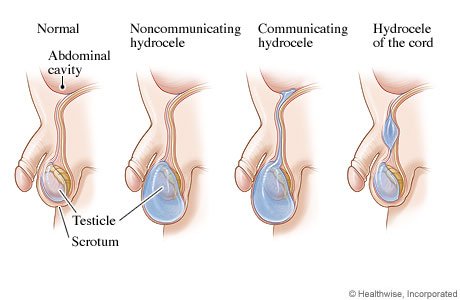
Types of hydroceles
The two most common forms are known as noncommunicating and communicating hydroceles.
- Noncommunicating hydroceles occur when the sac closes, but your body doesn’t absorb the fluid. The remaining fluid is typically absorbed into the body within a year.
- Communicating hydroceles occur when the sac surrounding your testicle doesn’t close all the way. This allows fluid to flow in and out.
- Nuck’s hydroceles are a rare type, found in people without testicles, that can occur in the lining of the pelvic wall and can cause painful swelling in the lymph nodes of the groin. This can be mistaken for ovarian cysts, endometriosis, and a host of other conditions, making diagnosis and treatment difficult.
Signs & Symptoms
- A hydrocele is often identified by a painless swelling of one or both testicles.
- Adult males with hydrocele may be bothered by the heaviness of a swollen scrotum.
- The size of the inflammation often causes more pain.
- The swelling may be smaller in the morning and increase later in the day.
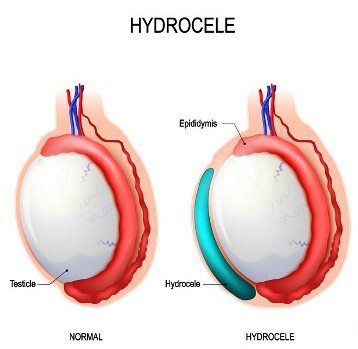

Causes
- The condition may be a result of injury or inflammation in the scrotum.
- Inflammation can be due to an infection in the testicle or in the coiled tube of the testicle.
Diagnosis
- Physical exam
- USG scrotum
Treatment
- Anesthesia is used during hydrocele removal surgery.
- In most circumstances, you’ll be able to leave the hospital on the same day.
- The hydrocele is surgically removed by a tiny incision in the scrotum or abdomen (depending on its location).
- A big dressing will most likely be applied to the location of your incision by your surgeon.
- Depending on the size and placement, you may also require a drainage tube for a few days.
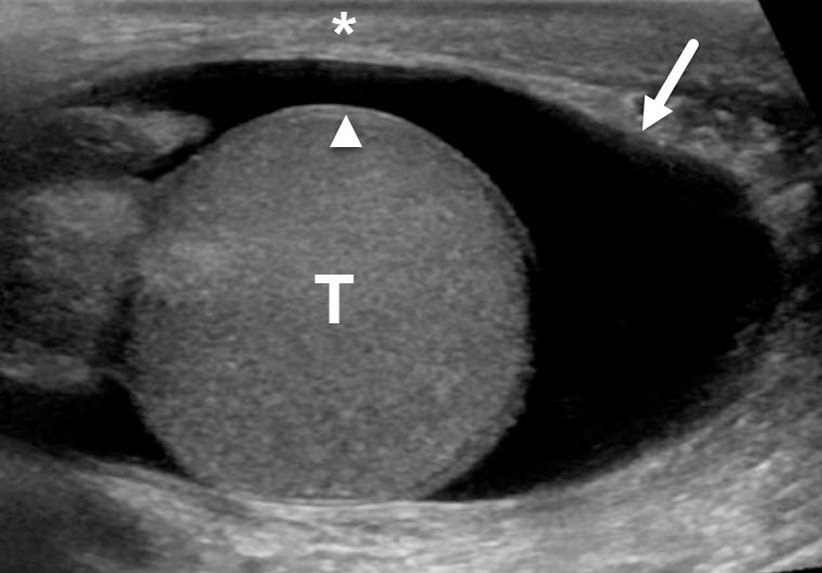
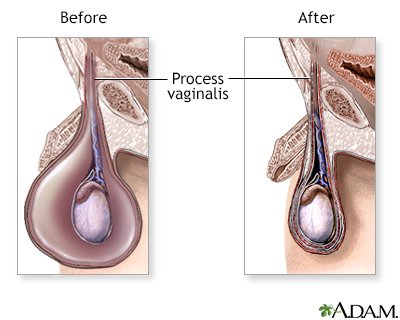
Risks Associated
Risks associated with anesthesia include:
- allergic reactions
- breathing difficulties
- heart rhythm disturbances
Risks associated with this procedure include:
- blood clots or excessive bleeding
- scrotal injury, including nerve damage
- infection
Post Surgery care
- If you undergo surgery, the discomfort should subside in approximately a week.
- If you require pain medication, your doctor may prescribe it.
- You won’t be able to resume physical activity for a few weeks.
- This includes avoiding anything involving straddling, such as biking, for at least three weeks.
- Other vigorous activity should be avoided during this period as well.
- Stitches at the incision site normally dissolve on their own after a few weeks, but your doctor may wish to examine them.
- Keeping the region clean with showers or sponge baths will aid in preventing infection.
- Ice packs, a scrotum support band, and lots of rest will help you recover from surgery.

